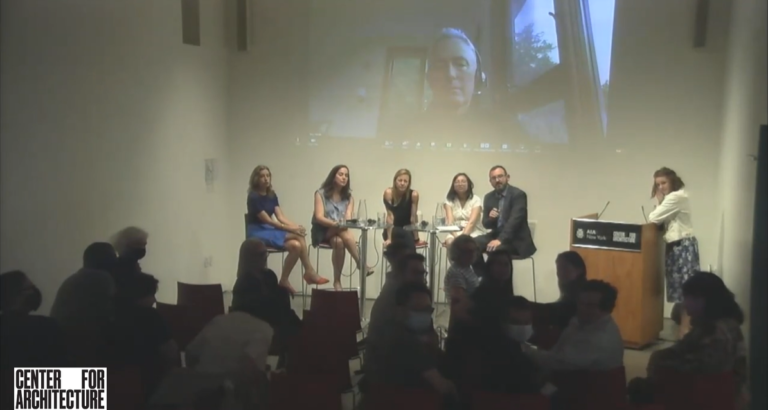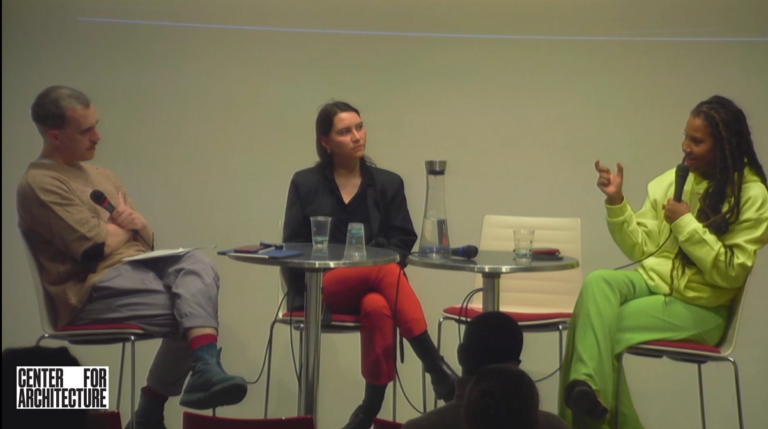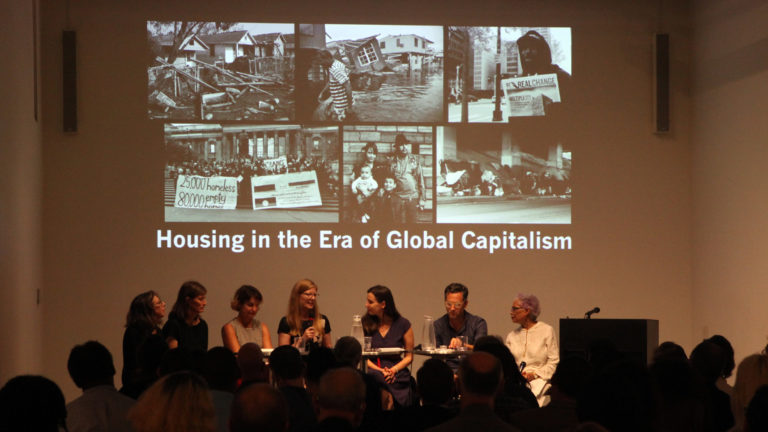Prominent, well-capitalized cultural institutions are often located in privileged neighborhoods, where cultural capital follows economic capital, making institutions inaccessible for many marginalized and minority communities. This second program in the Social (In)Justice and Spatial Practice series, focusing on Decentralizing the Brick and Mortar Institution, looks at new models for decentralizing institutions and expanding the foot print of cultural capital.
The Social (In)Justice and Spatial Practice series investigates the cultural institution’s role in social justice. The past few years have been a turning point in American society, with its intrinsic social injustice finally reaching a widespread moment of urgency. In response, as part of an effort to rethink and reform public civic life, many cultural institutions have been working to combat their historic complacency and restructure their organizations. This series looks not only at the ongoing restructuring of our society, but at how spatial practice, architecture, and design can contribute to this change, showcasing institutions that are instigating reforms as well as those that have been consistent in their embrace of social equity.
Speakers:
Lillian Cho, Senior Project Manager, Hester Street
Stephanie A. Johnson-Cunningham, Executive Director, Museum Hue
Kemi Ilesanmi, Executive Director, The Laundromat Project
Moderators:
Koray Duman, AIA, Principal, B-KD
Peter Zuspan, AIA, Principal, Bureau V Architecture (BVA)
Previous program in the series: Social (In)Justice and Spatial Practice: Architecture & the Cultural Institution – The Institution and Gentrification


